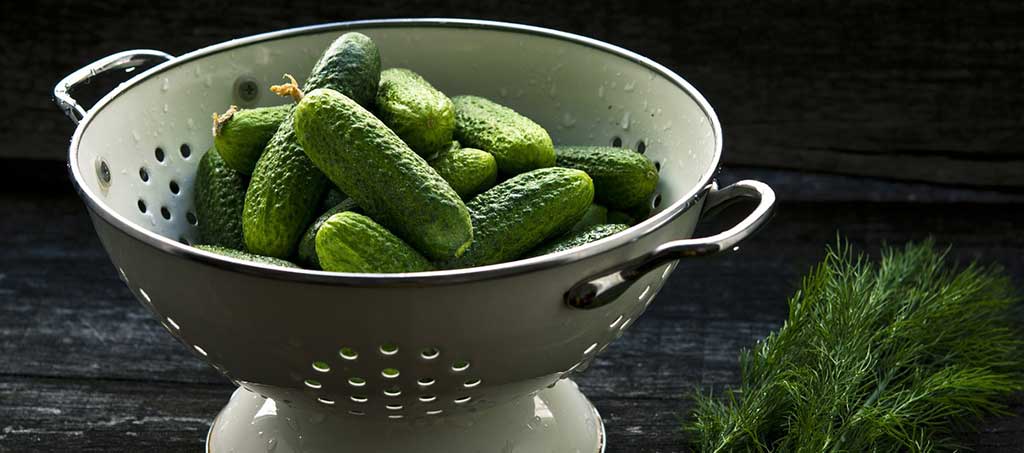Pickling is a fantastic way to preserve your garden’s bounty, enhance the flavors of your vegetables, and add a tangy, crunchy touch to your meals. Not only does pickling extend the shelf life of your produce, but it also offers a creative way to experiment with herbs, spices, and brine. Whether you’re a seasoned gardener or new to growing your own veggies, here are five of the best garden vegetables for pickling.
1. Cucumbers
Cucumbers are the quintessential pickling vegetable, and for good reason. They’re easy to grow, quick to harvest, and have the perfect texture for pickling, staying crunchy when preserved in brine. Pickling cucumbers, like Kirby or Boston Pickling varieties, are smaller, firmer, and less watery than slicing cucumbers, making them ideal for the job.
Pickling Tips:
- Harvest cucumbers when they are small and firm for the best crunch.
- Trim the blossom end of the cucumber, as it contains enzymes that can soften the pickles.
- Add garlic, dill, and peppercorns to the brine for classic dill pickles, or experiment with spices like mustard seed, coriander, and chili flakes for a spicier twist.
2. Carrots
Carrots make deliciously sweet and crunchy pickles that are perfect as snacks, salad toppers, or sides for charcuterie boards. Their natural sweetness pairs well with various brine flavors, from sweet and tangy to spicy and garlicky.
Pickling Tips:
- Use young, tender carrots for the best texture. Peel and cut them into sticks, rounds, or leave them whole if they’re small.
- Blanch the carrots briefly in boiling water before pickling to maintain their vibrant color and crisp texture.
- Try adding ginger, garlic, or fresh herbs like thyme to the brine for an extra flavor boost.
3. Beets
Beets are another fantastic vegetable for pickling, known for their vibrant color, earthy flavor, and slight sweetness. Pickled beets are perfect in salads, as a side dish, or on their own as a snack. Their deep red hue adds visual appeal to any dish.
Pickling Tips:
- Roast or boil the beets until tender before pickling to bring out their natural sweetness and soften them slightly.
- Slice them into rounds, wedges, or cubes, depending on your preference.
- Add cloves, cinnamon, and a touch of sugar to the brine for a sweet and spiced pickled beet, or keep it simple with vinegar, salt, and pepper.
4. Green Beans
Green beans are a great vegetable for pickling, creating crunchy, tangy snacks that are perfect as appetizers, in Bloody Marys, or alongside sandwiches. They absorb brine well and retain their crisp texture, making them a delightful addition to any pickling repertoire.
Pickling Tips:
- Trim the ends of the beans and blanch them briefly in boiling water before pickling to help maintain their color and texture.
- Pack them tightly in jars and add dill, garlic, or hot peppers for added flavor.
- Experiment with different spices, like mustard seeds or red pepper flakes, for a bit of heat.
5. Cauliflower
Cauliflower is a versatile pickling vegetable, absorbing brine flavors beautifully while maintaining a satisfying crunch. Its mild flavor makes it a perfect canvas for various spices, and it adds a pop of color and texture to any pickle mix.
Pickling Tips:
- Break the cauliflower into small, bite-sized florets for even pickling.
- Blanch the florets briefly in boiling water before pickling to enhance their color and texture.
- Try pickling cauliflower with turmeric and mustard seeds for a vibrant, spiced version, or keep it simple with garlic and dill.

